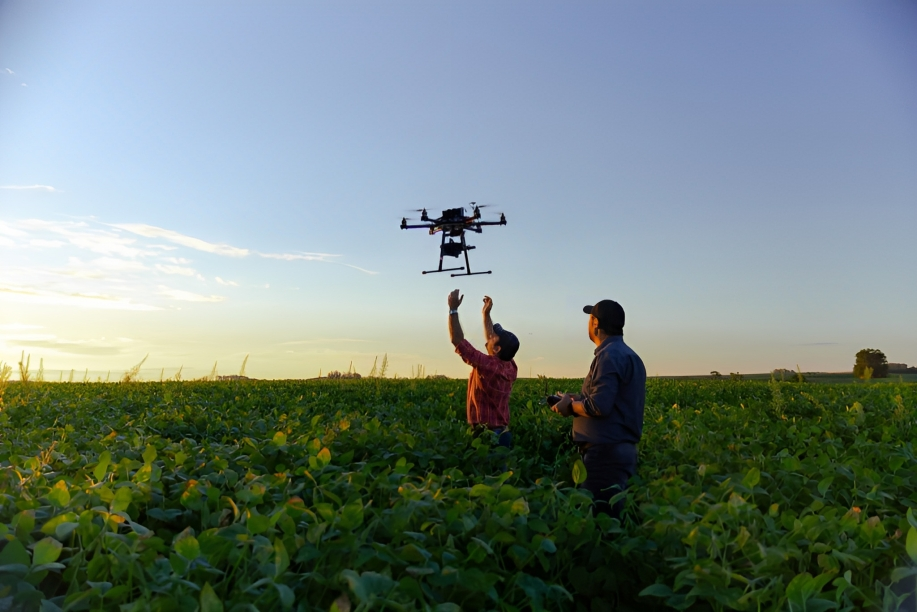What do high-profile wedding photography and precise pesticide application in agriculture have in common? Using Drones to Unlock New Possibilities
Today, several different businesses employ drones significantly. They are assisting in a variety of agricultural use cases, assisting in the reduction of search times during rescue operations, joining the battle against ocean plastic pollution, and virtually becoming vital in the delivery of relief to those in need.
Mission Possible
Over 70% of the earth’s surface is covered by oceans, which are one of the most precious natural resources on the world. However, garbage is engulfing them and drowning them. Drones that are equipped with artificial intelligence (AI) and high-definition cameras are assisting in the fight against ocean plastic waste. The drone can tell the difference between marine life like jellyfish and plastic trash thanks to AI. Once the drone is able to distinguish between the two, it may then capture high-resolution images or 4K movies of hotspots of pollution or trash in the ocean. The crews may then focus on the proper location for cleanup without wasting resources like time, money, or effort.
It is crucial to remember that storage is crucial for gathering, analyzing, and storing data in order to assist find answers. Drones also require specialized storage options with large capacity, high performance, and durability. For instance, a 4K film running at 100 Mbps for 30 minutes might produce up to 22 GB of data. Therefore, high capacity and high endurance microSD cards are required to power the 4K cameras.
Drones Save the Day
Drones are also becoming increasingly important in enhancing the assistance given to those who are hurt or lost in the outdoors. For instance, it is sometimes hard to determine in advance the terrain to be crossed or the condition of the victim due to the slope of the hill or mountain. As the rescue effort progresses, a member of the rescue squad must cross the mountain’s cliff. However, drones change this dynamic. To find a victim’s position, determine the victim’s potential condition, and plan the most secure route for rescuers to go, one can fly a drone over the side of the mountain.
A helicopter may be used in some alpine rescue operations to transfer the casualty from the scene. It is possible to determine whether the sufferer will require a helicopter for rescue and what the appropriate equipment would be for the specific circumstance with the help of a drone and camera. The helicopter resource might be set up and prepared to go even before the rescue crew arrives at the casualty, saving crucial time. Not to mention that volunteers are called out in all kinds of conditions to conduct operations day or night, in rain or snow, and during extremely hot or cold weather, meaning that devices should be able to operate in those conditions. Rescue operations can take place in extreme weather and challenging terrain.
Storage is a crucial element.
To provide the high dependability and durability needed for these activities, storage for drones must be built and tested to endure the most strenuous circumstances. High-capacity cards are now available that are designed specifically for these uses, such Western Digital’s WD Purple SC QD101 microSD card. This card is designed to provide great performance, dependability, and endurance with capacities up to 1TB. It is humidity resistant and covers a temperature range of -25 to 85 degrees Celsius. It is the ideal partner for such jobs because it is built for continuous operation in a wide range of climates and adverse weather.
Other fascinating use cases involving drones are beginning to emerge. The data that these drones are able to gather may be the most crucial factor, regardless of the use case. The data may be used in a variety of ways now and in the future, but only if it can be successfully preserved so that it can later be retrieved and examined. Storage will remain a crucial part of drone operations, opening up new avenues for innovation.

